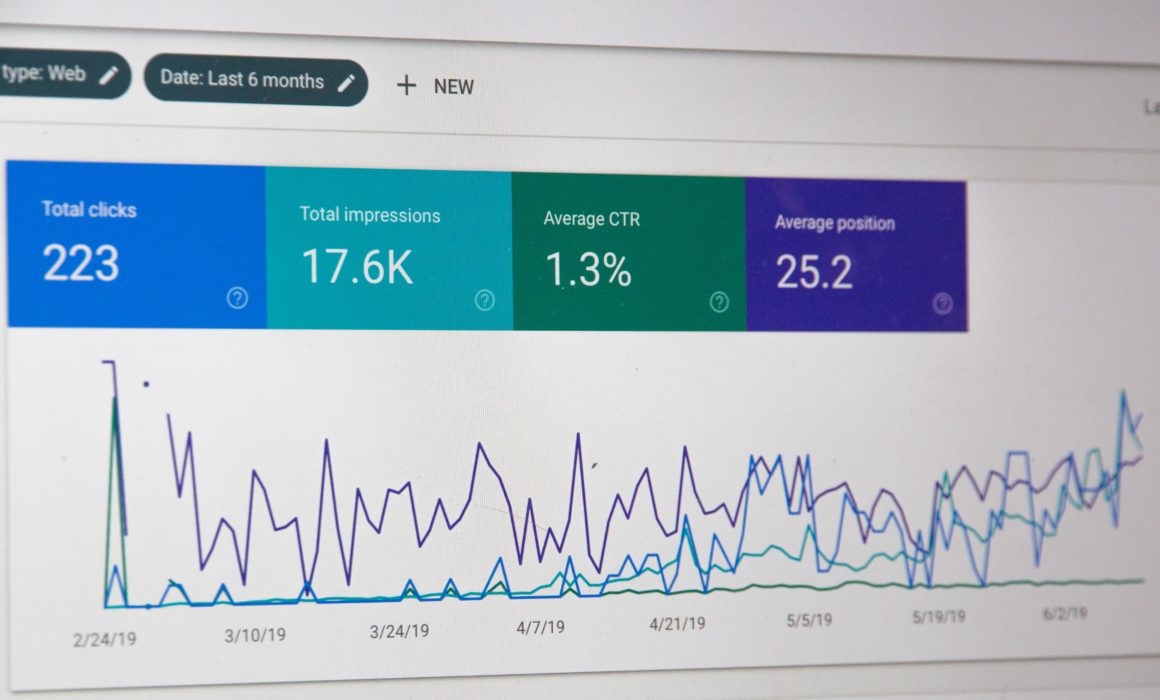Driving Digital Impact: How to Audit Your Owned Channels
Now that you understand what Digital PR is, and how to own your owned channels, this blog is going to provide a ŌĆśhow-to guideŌĆÖ on evaluating the strength of your brand or companyŌĆÖs online presence and the steps to determining how you rank against your competitors digitally.
An audit is essential to do before you start to focus on growing your online presence and digital footprint, because it gives you a baseline to assess how successful your Digital PR efforts have been once youŌĆÖve begun. It also helps you determine where your current gaps are, which should guide you on which SMART KPIs or goals to aim for in order to achieve real business impact.
ItŌĆÖs important to note that if you are working with a Digital PR Agency, or a PR Agency who offers Digital PR Services, itŌĆÖs likely theyŌĆÖll have a range of paid platforms that help to conduct a more thorough audit to cover all of the relevant bases for your brand or company.
However, if you arenŌĆÖt working with a Digital PR Agency itŌĆÖs definitely still possible to do the audit yourself. We recommend the below process:
- Determine what you want to measure
Each company has different objectives, so before you conduct your audit itŌĆÖs important to know exactly what you want to measure, and how this speaks to business impact. For example, food and beverage brands running a PR campaign often want to drive sales, so itŌĆÖs important to measure how many people visit their website, how long they stay on the site, and how many items they purchase. Authors and speakers on the other hand often find more value in ranking higher on Google compared to their competitors in the same thought-leadership sphere, so tracking page ranking and Domain Authority is crucial.
Here are a few of the fundamental metrics we recommend tracking no matter what your specific goals are:
- Current Domain Rating
- Referring Domains
- Backlinks
- Do Follow Links
- Linking (Root) Domains
- Organic Keywords
- Sessions (Organic)
- Sessions Duration (Organic)
- Top Editorial Referrers
- New Visitors
- Total Site Visitors
- Use the more efficient tools to source the data you need
There are so many free or cost-effective tools and platforms to use to access the metrics you need, including:
- Moz. This site checks website domain authority, linking root domains, ranking keywords which will determine a brandŌĆÖs website strength.
- SemRush. This platform checks website items (similar to Moz), however with the addition of organic competitors, search traffic, and highest-ranking referrers.
- Uber Suggest. This site checks website items (same as Moz & Semrush) however it also checks top ranking SEO terms for clients or competitors.
- Google Analytics. Having access to your companyŌĆÖs Google Analytics is imperative. You can use this to gather up to date data on client websites including traffic, users, referrers. It also monitors how Digital PR impacts website traffic (particularly growth during coverage times and top organic referrals). If you arenŌĆÖt familiar with the tool, you can visit https://analytics.google.com/analytics/academy/ for free tutorials.
- You should also check the websites page ranking on Google (and whatŌĆÖs close by) to understand which are your closest competitors digitally. Sometimes they are very different to who you would expect! When doing this step you must ensure you do these searches on ŌĆśIncognito ModeŌĆÖ as your browser will automatically rank your own websites higher based on the fact that weŌĆÖve probably already searched or viewed it in the past.
- Create a benchmarking document and input the first set of data
Once you know what you want to track, itŌĆÖs important to create a central document that youŌĆÖll use to keep track of the data and metrics, so you can assess the success and impact of your Digital PR efforts. At Agent99 we set up a Google Sheet per client, so we can update it live and our clients can access the information anywhere, anytime. It doesnŌĆÖt need to be complex, below is an example of how we set ours out:

- Update the document quarterly, analyse the results, and use this information to find your winning strategy
Every three months is a good time to analyse the same metrics again and update the document accordingly. Doing this each quarter allows for your activities to be running long enough to be able to determine if they are making an impact or not, and if you need to adjust your Digital PR strategy accordingly. For example, if your website is receiving higher levels of traffic, keep your activities going! If not, it might be wise to try different ways to increase the visitor numbers and then check back in the next quarter to see if those have more success with your target audience. Trialling new methods to achieve your goals is key!
Hopefully the above steps make auditing your brands online presence and Digital PR campaigns seem less overwhelming. ItŌĆÖs important to remember that traditionally PR has been viewed as not clearly demonstrating ROI or tangible impacts on the bottom line, but now the ŌĆśhiddenŌĆÖ benefits can be measured and can demonstrate how Digital PR generates high-impact brand visibility. Whilst this process may seem daunting to get your head around, hopefully you see the value in putting the effort in to doing it.
If you are interested in growing your companyŌĆÖs online presence and conducting an audit, but donŌĆÖt feel like you have the time or understanding to do it internally, please reach out to us any time and we can discuss how we can help.
Agent Nic
